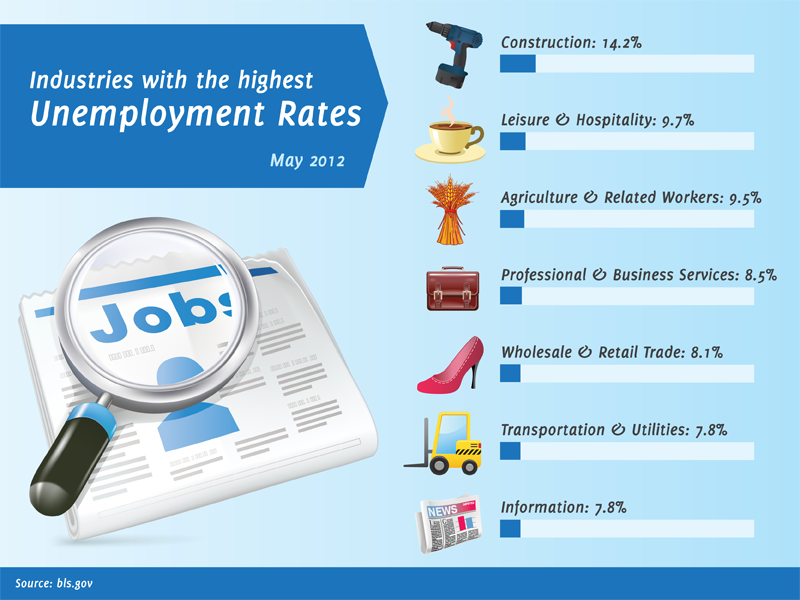The right workplace culture can enable a company's success, or be the key to its undoing. There are four distinct types of corporate cultures, according to a recent study, and each is tied to various levels of engagement.
Anyone with doubts about the importance of workplace culture only had to read Greg Smith's stinging resignation letter to Goldman Sachs to be reminded, in quite a visceral way, of the critical role it plays.
"It might sound surprising to a skeptical public, but culture was always a vital part of Goldman Sachs' success," Smith
writes in the
New York Times op-ed section. "It revolved around teamwork, integrity, a spirit of humility, and always doing right by our clients. That was the secret sauce that made this place great and allowed us to earn our clients' trust for 143 years."
In Smith's view, however, that "secret sauce" has curdled into something unrecognizable.
"I attend derivatives sales meetings where not one single moment is spent asking questions about how we can help clients," he writes. "It's purely about how we can make the most possible money from them. If you were an alien from Mars and sat in on one of these meetings, you would believe that a client's success or progress was not part of the thought process at all."
Today's Goldman bears little resemblance to the investment bank Smith joined 12 years ago, he writes, with traders referring to clients as "muppets" and the goal being to make as much money as possible -- regardless of whether potential financial harm is done to the client.
Smith's assertions are sharply disputed in a statement from Goldman's CEO, Lloyd C. Blankfein, and its president and COO, Gary D. Cohn, who write that they "do not reflect our values, our culture and how the vast majority of people at Goldman Sachs think about the firm and the work it does on behalf of our clients."
In the statement, posted on Goldman's website, Blankfein and Cohn write that, of the 85 percent of Goldman employees who responded to its most recent employee survey, 89 percent said the firm provides "exceptional service" to its clients.
The culture at Goldman described by Smith stands in sharp contrast to the one at QlikTech, a fast-growing software company based in Radnor, Pa.
Each year, the company flies every single one of its 1,100 employees to an annual retreat to review the company's performance and reinforce its values, which include challenging oneself, moving fast, taking responsibility, teamwork for results and being open and straightforward, says George Bradt, managing director of PrimeGenesis, a New York-based executive-onboarding consulting firm.
"Their big thing is that, with culture, you have to actually believe what you're saying," says Bradt, who attended Qliktech's most recent meeting earlier this winter and spoke to 100 employees, including the CEO, during the event. "As an organization, you can't say you're values-based if you're not leading with those values."
Read the full story:
http://www.hreonline.com/HRE/story.jsp?storyId=533346570







 i
i